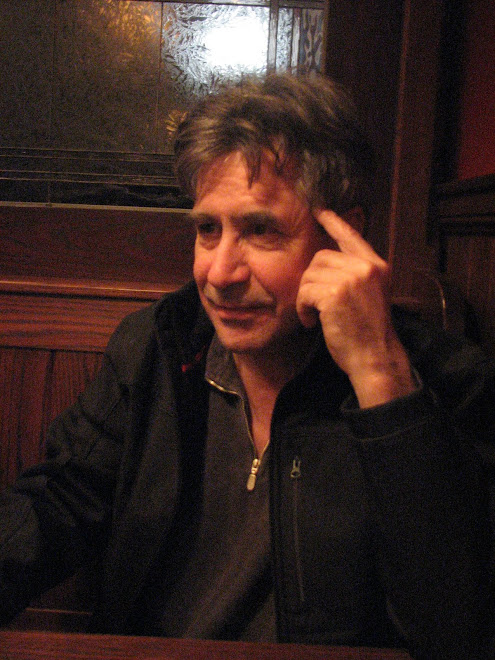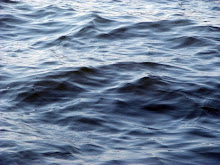
Entering

The Exhibition

This vitrine shows a typical set of onboard tattoo making tools

An image of Lady Liberty greets the visitor as you enter the show.

The original can be found on the ditty box on the left

Another example of sailors craft, here sailwork from the early 20th C.

Samoan tattoo tools

Image of an early Pictish warrior, with full body tattoos

A tattoo artist's box, with a rather nice painting

The exhibit uses many examples of sailors art to show how tattoos would have looked.

Here's a close up

This little bag serves the same purpose, and like many of the objects in the show, is exquisite.

Tattoo artists created 'flash books' of their designs to inform the sailors of the available designs. The museum created duplicate flash books for the visitor to thumb through.

This large ceremonial razor was to commemorate a 'Crossing of the Line" ie: the Equator, usually presented at a day long festivity which involved ritual indignation's directed at the novice 'Pollywogs' as part of being imitated into the veteran 'Shellbacks' .

An example of a document of passage presented at such a ceremony. This one invokes Rex Neptunis, king of the sea.

Here we see the tools of the electric tattoo artist, Cap'n Bill Coleman. Electric tattooing began in 1891 with artist and inventor Sam O'Riellly. Colemans kit includes early electric needles, dry pigments which were mixed with alcohol and a small statue which depicted an array of designs as a full body of tattoo.

A poster of designs

Tattoo magic. In a delightful interactive display, this cutout tattoo artist will draw with light one of the four designs seen above the table.
He'll also solicit your business.

Here a very young sailor gets a light tatoo announcing that she has sailed 5000 miles, the swallow design.

A little more revealed

Viola!

A continuing legacy
Independence Seaport Museum's curator Craig Bruns has outdone himself with the latest exhibit, Tattoo. It's intriguiging, informative, interactive and deep. Though nominaly about tattoo, it presents a wide range of sailors's craft, particularly in the age of sail, to give a context for the tatoo as a part of the sailor's life. The word tatau entered the English language at the time of Cooks voyage around the world in the Samoas, 1770's. It was an alliterive, recalling the rythmic tapping of the skin ink artist. It quickly morphed into tatoo which was already an English word depicting the drum beat to quarters. Inked skin drawing was not soley the province of the South Seas, however. Examples of the practice fade into the dawn of prehistory, and include, among others, the New Zealand Maori, Amerindian tribes and notably the wild tribes of Scotland, the Celts and Picts. But make no mistake, it is the sailor who brought this art form into the contemporary world. Mr. Bruns and the Seaport have created a vital, exciting and vivid history of the sailor's world and tatoo's place within it. I have only scratched the surface here, and the show has mch more to offer, including lots on the practice in the 20th C., which I have scacely mentioned. Check the museum's
website for events and talks to be given before the exhibit closes in October. This is not to be missed. One of the really interesting things I learned from this exhibit is that there is a certain tatoo iconography, with certains images attesting to accomplishment, as in the sparrow denoting 5k nm. at sea, and in the case of the iconic image of feet the museum chose for it's display, the rooster and the pig, depict animals unable to swim and are a talisman against drowning. The U.S. Coast Guard Chief Warrant Officer Richard Sambenedetto Jr., whose feet bear these two tatoos, will be present at a museum event in October. See you there.

















































1 comment:
Cool! I'd love to see that exhibit. I've been plugging it on CBB since I first learned about it. did you get the catalog?
I'm toying with the idea of doing a nautical tat themed re-design of the blog
Post a Comment